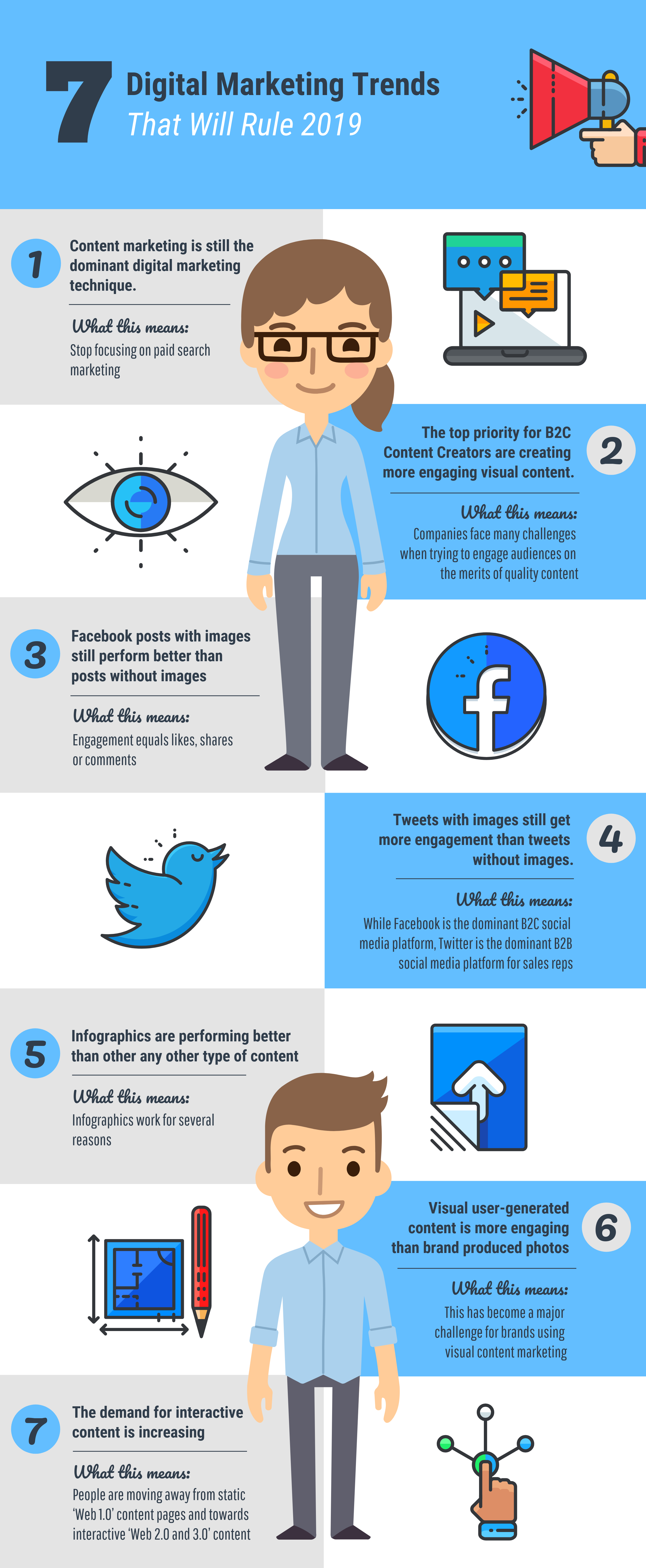The Advancement Of Pediatric Dentistry: Past, Existing, And Future Trends
The Advancement Of Pediatric Dentistry: Past, Existing, And Future Trends
Blog Article
Web Content By-Somerville Linde
As you check out the detailed trip of pediatric dentistry, mapping its development from the past to today and glimpsing right into the future, you'll reveal a tapestry woven with advancement and treatment. From historical landmarks to existing patterns and future opportunities, the landscape of pediatric dental care is ever-changing and full of possibility. Prepared to uncover the tricks of how this field remains to adjust and flourish, guaranteeing brighter smiles for generations to find?
Historical Milestones in Pediatric Dentistry
Throughout history, pediatric dentistry has seen substantial advancements and milestones that have formed the area into what it's today. One essential turning point was the establishment of the very first dental college in 1840, where dentistry started to be acknowledged as a specialized area requiring specific understanding and abilities. As the area evolved, the very early 20th century saw the intro of dental X-rays, changing diagnostics and therapy preparation for pediatric patients. In addition, the development of fluoride treatments in the mid-20th century significantly improved preventive treatment and lowered the frequency of dental cavity in youngsters.
An additional landmark in pediatric dentistry was the production of the American Academy of Pediatric Dentistry in 1947, which intended to promote ideal oral health and wellness for kids. please click the next site played a critical role in setting requirements for pediatric dental treatment and advancing research in the field. These historical landmarks laid the foundation for contemporary pediatric dental care, stressing the importance of specialized care for kids's dental wellness.
Current Trends in Pediatric Dental Care
Integrating ingenious innovation and customized precautionary strategies, contemporary pediatric dental treatment remains to adjust to the progressing demands of young individuals.
The adhering to patterns display the current landscape of pediatric oral treatment:
1. ** Digital Dental care **: Digital perceptions, 3D imaging, and CAD/CAM technology are transforming the means pediatric dentists identify and deal with oral health concerns in youngsters. These developments boost precision, effectiveness, and individual convenience throughout dental procedures.
2. ** Tele-Dentistry **: With the surge of telemedicine, tele-dentistry has actually become a hassle-free way for pediatric dental professionals to provide assessments, follow-ups, and also particular therapies remotely. Fluoride Treatment in Children improves access to care, specifically for clients in rural or underserved locations.
3. ** Preventive Focus **: Pediatric dental care now puts a more powerful focus on safety nets such as sealers, fluoride treatments, and very early orthodontic treatments. By advertising excellent oral health habits and regular oral check outs from a young age, professionals aim to prevent dental issues prior to they intensify.
Future Developments in Pediatric Dental Care
Looking in advance, pediatric dentistry is poised to present sophisticated modern technologies and cutting-edge methods to additionally improve the oral healthcare of young patients.
One interesting advancement on the horizon is making use of 3D printing in developing custom-made dental home appliances like dental braces and mouthguards, using a much more accurate and comfy fit for youngsters.
Furthermore, virtual reality (VR) technology is being checked out to help reduce oral anxiety in young clients by giving immersive distractions during treatments.
Nanotechnology is another area of passion, with the prospective to develop nanomaterials that can remineralize teeth and prevent tooth cavities more effectively.
Tele-dentistry is likewise getting grip, permitting remote consultations and surveillance, which can specifically profit youngsters in country or underserved locations.
Moreover, genetic testing may quickly play a role in tailored precautionary care, identifying youngsters's tendencies to specific oral wellness problems.
These innovations indicate an exciting future for pediatric dental care, promising boosted end results and experiences for the youngest dental people.
Conclusion
As you reflect on the advancement of pediatric dentistry, keep in mind that improvements in innovation and customized care remain to form the field.
Picture a child called Emily, that benefited from a 3D printed dental device that perfectly fit her one-of-a-kind requirements, guaranteeing her convenience and dental wellness.
The future of pediatric dental care holds amazing opportunities, supplying cutting-edge remedies to boost the oral experiences of young patients like Emily.
